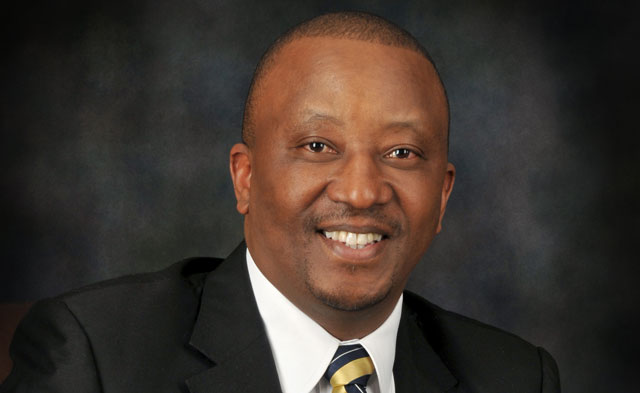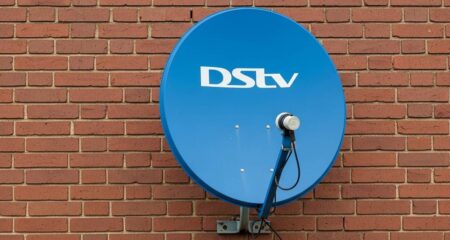
As manufacturers, we care what the set-top box specification says. We can actually produce any box to any specification. However, we remain duty-bound not to stand by idly when there is a deliberate distortion of facts, such as is happening now on the issue of the “return path” that would allow consumers to access the Internet on their TVs.
This is not a new issue; so much so that the set-top box specification that was published in 2009, the SA Bureau of Standards’ Sans 862, had catered entirely for the data access and a return path.
As far back as 2008, government, in its various ministries, was the one that first made a call for a return path to be included in the set-top boxes. It cited the provision of e-government services, such as health, education and home affairs, among others, as an added-value function in the boxes.
That is how the term “return path” became used and ultimately made it into the 2009 specification. It would, therefore, be unfair for anyone to claim that the inclusion of the data access capability in the set-to box spec is a fresh call. It is also ill-advised to suggest that this inclusion is instigated for by “some” manufacturers. We find it preposterous for people to now insinuate that the SA Communications Forum has belatedly woken up to suggest its inclusion.
So, what has happened between 2009 and 2012, you may ask, that has led to the contested data-access capability to be left out of the current specification?
First, the futile debate about the European DVB-T standard and the Japanese-Brazilian concoction, ISDB-T, ensued from September 2009. This threw a spanner in the digital broadcasting migration works and adversely affected manufacturers to various degrees. By the time the standards dispute was settled, SA had moved on from DVB-T to a newer generation, DVB-T2. This effectively rendered Sans 862 obsolete.
The second reason we do not have data access included in the specification is because M-Net and MultiChoice mounted a strong campaign against its inclusion in the specification. Obviously, it is not in their interests to participate in a process of creating potential competition for their business models.
The M-Net/MultiChoice standpoint is therefore not surprising; rather, the lack of counter views from the SABC is baffling. The public broadcaster stands to lose out at the absence of data access in the set-top boxes. M-Net/DStv decoders have the same Ethernet port, whose inclusion in the terrestrial decoders they so vehemently (and successfully) opposed. If anything, that should make anyone who follows the debate, including TechCentral’s Craig Wilson, think twice about the sincerity of some naysayers.
The third thing that happened, leading to the exclusion of the data access in the newer Sans 864 specification, was that some anonymous industry experts doubled as designers of the set-top box, outside of monitoring by the SA Bureau of Standards. Using their access to the media, these experts continued to make untested claims for and on behalf of the so-called “poorest of the poor”.
The clear intention of these experts for keeping the poor on the wrong side of the digital divide and in their abject poverty, by deploying substandard technologies, is bothersome. What these self-made spokespeople of the poor omit to say is that these communities are poor but not stupid. They will not accept any substandard technology imposed on them. Despite their circumstances, the poor will revolt against substandard services. We do not want to add the digital migration process and access to the Internet to the list of complaints.
SA has policies that aspire to grow our knowledge economy. Let’s not allow vested interests to stunt this growth. Africans generally, and South Africans specifically, do not follow global trends when it comes to technology consumption patterns. We concur with the SA Communications Forum that we must give all the people the option to access the Internet via the digital set-top boxes from the comfort of their homes.
- Muzi Makhaye is CEO of set-top box manufacturer ABT. The views expressed in this column are not necessarily shared by TechCentral.




